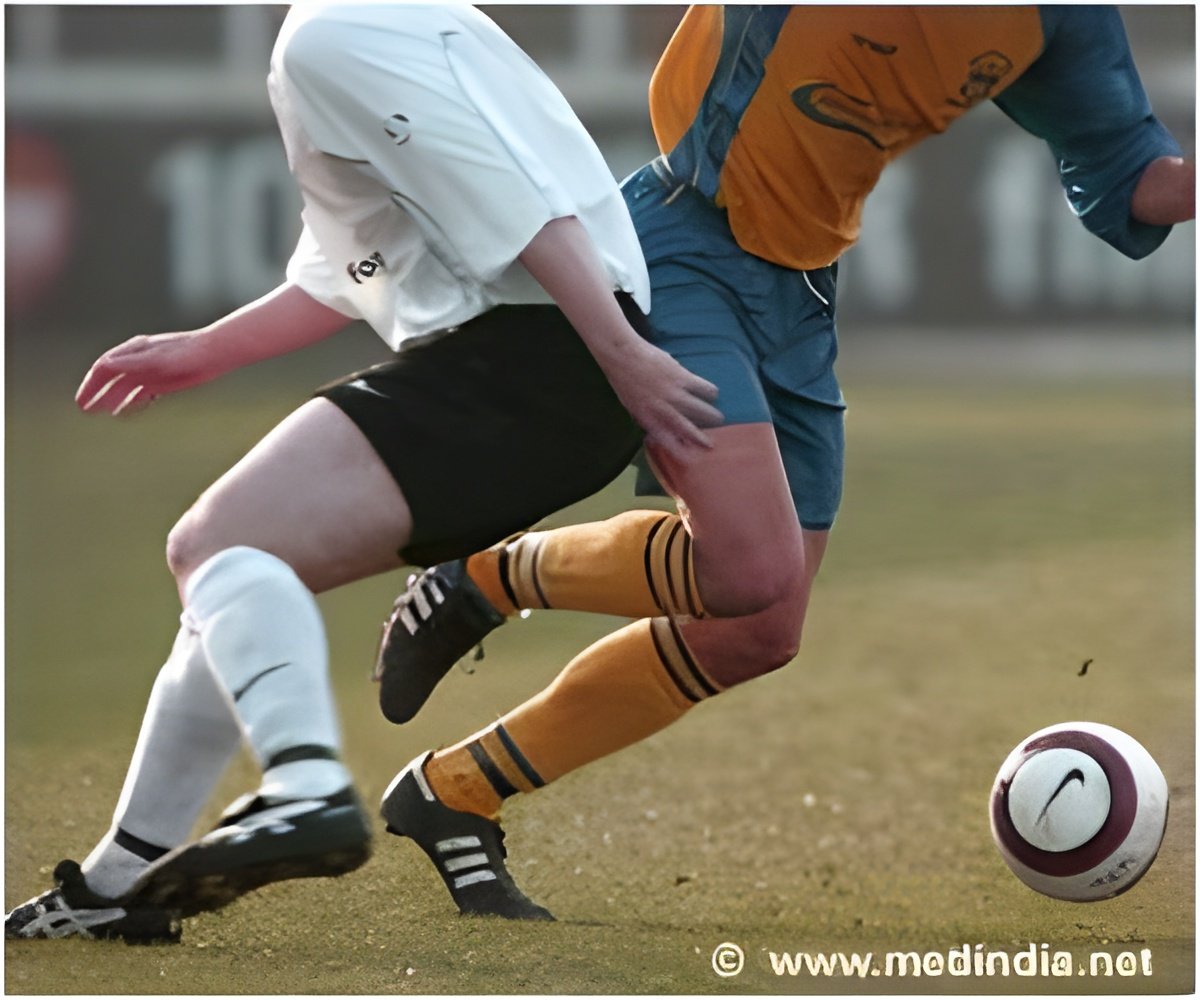
‘GPS technology and accelerometers can now be used to predict the risk of both contact and non-contact injuries among footballers.’
Tweet it Now
The University of Birmingham and Southampton Football Club worked together to analyze the performance of youth players and observe the links between training and injury - publishing their findings in the British Journal of Sports Medicine. The findings now provide a set of initial guidelines for helping to reduce the occurrence of injuries in elite youth football. They show that GPS technology and accelerometers can be used to predict the risk of both contact and non-contact injuries.
The study is the first to monitor injury risk using the GPS technology used to track players' speed and acceleration - from both training and competition in football.
Lead researcher Laura Bowen is the First Team Data Scientist at Southampton FC and studying under the supervision of Dr Francois-Xavier Li for her PhD in Sport Sciences at the University of Birmingham, in the UK. She said of the study's findings:
"Our research has huge practical and scientific application. It expands on a recent body of literature in rugby league and cricket which has proposed that the prescription of workloads may be more indicative of injury than the load itself. The results of our study demonstrate this, with high, excessive workloads associated with the greatest injury risk. However, when the players were exposed to these high loads progressively, over a period of time, the risk of injury reduced significantly. Ultimately, players who safely train harder, may develop a greater resilience and tolerance for the intensity and fatigue of competition by increasing their physical capacities."
Advertisement
The study used a range of player performance data gathered by GPS equipment worn by the players in training, including: total distance covered; distance covered at high speed; total load/forces experienced; and short bursts of speed.
Advertisement
- High level of acceleration over a three-week training period was the strongest indicator of overall and non-contact injury risk;
- High total distance (in excess of 112km) covered over a four-week period and high weekly total loads significantly increased the risk of overall and non-contact injuries;
- Moderate-to-high levels of distance covered at high speed resulted in higher overall and non-contact injury incidence respectively; and
- Very high weekly total loads and intense levels of short bursts of speed were significantly related to a higher risk of contact injury.
The findings suggest training should be organized so that distance covered at high speed and total load/forces experienced fluctuate across a four-week period, with both high and low workloads achieved.
Footballers who can safely train harder may develop greater resilience and tolerance for the increasing intensity and fatigue of competition.
It is known that higher workloads are linked with contact injuries in professional rugby. The study suggests that a higher level of fatigue relates to contact injury than non-contact injury. By increasing fitness levels and limiting fatigue, players may be able to respond more quickly to avoid rapid, unpredictable movements that precede contact injury.
However, in the current study the large prevalence of contact injuries in competition goes further to highlight the importance of monitoring the difference between normal training activity and exceptional 'spikes'. This is particularly relevant during fixture congested periods or tournaments, when it is a challenge to ensure adequate recovery between games, whilst maintaining optimum training loads.
Source-Newswise









